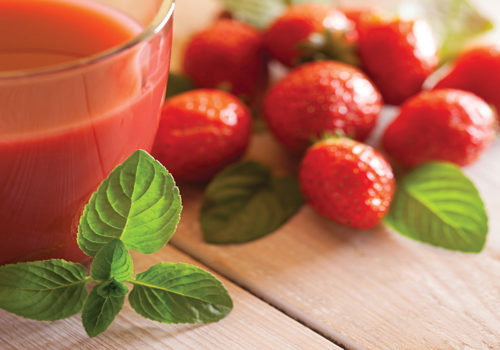Avoiding artificial food additives and excessive amounts of caffeine and sugar are at the top of many Americans’ criteria for a healthy diet. Perhaps nowhere are these preferences so abundantly clear as in the beverages market segment. Here are five key trends to keep an eye on in your store so as to best meet your shoppers’ new beverage preferences.
1. Rethinking Caffeine
Interest in energy drinks has ballooned as busy lifestyles and lack of rest sometimes get the best of us. But, many people are rethinking caffeine. Does it help or hurt us, and how much is too much?
One place where many consumers draw the line is with children. “Kids have plenty of energy and do not need to be caffeinated,” says Chris Reed, founder and CEO of Reed’s, Inc., Los Angeles, CA. “It’s a problem and a shame when large beverage companies target children with caffeinated drinks. Drinks like Monster and Red Bull are some of the worst offenders.”
Artificial energy drinks like these can contain as much as 75–200 mg per serving or more. To put that into perspective, an average eight-ounce cup of brewed coffee contains about 85 mg. In 2012, the U.S. Food and Drug Administration began investigating the deaths of individuals (including a teen) that may have been caused by high-caffeine drinks. They recommended teens and children should consume less than 100 mg of caffeine per day, and adults should have no more than 400 mg per day (1).
Says James Oliveira, U.S. brand representative for Aiya America, Torrance, CA, “It is understandable that caffeinated beverages are under a lot of scrutiny because many energy drinks and sodas contain a high level of sugars and other unhealthy ingredients that can be potentially harmful for the consumer.”
Adults that want to investigate healthier energy 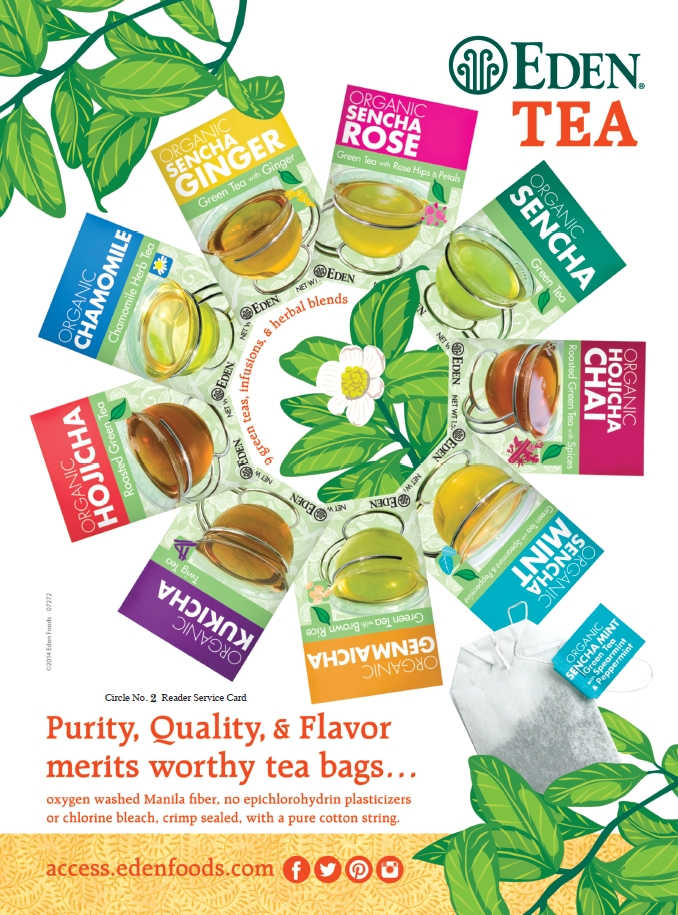 products have many options in this industry. For instance, green tea is a popular way natural products companies provide healthy energy. Says Steven Kessler, co-founder of Steaz, Doylestown, PA, “We take great pride in full label transparency of our caffeine sources and caffeine content.”
products have many options in this industry. For instance, green tea is a popular way natural products companies provide healthy energy. Says Steven Kessler, co-founder of Steaz, Doylestown, PA, “We take great pride in full label transparency of our caffeine sources and caffeine content.”
The iced teas and sparkling green teas from his company contain approximately 15 mg of caffeine per beverage, and the green-tea energy drinks (with organic guarana, organic yerba mate and organic green tea) offer about 100 mg per can. The big difference between these natural ingredients and synthetic caffeine is that they offer sustained energy and no crash.
Information from Züm XR, Denver, CO, suggests that this crash happens after about an hour. This company is launching a novel time-release delivery system for natural beverages that uses microbeads to slowly release ingredients that support healthy energy over about a three- to five-hour period. Such ingredients include electrolytes, vitamins and green tea-derived caffeine.
One specific type of green tea that may be of interest to shoppers is Matcha, which offers natural caffeine and other benefits. According to Oliveira, “What makes Matcha unique is that it contains an amino acid called l-theanine which allows your body to slowly absorb caffeine for a natural long-lasting energy, without the spike and crash associated with other caffeinated beverages.” Studies suggest that l-theanine promotes healthy focus, stress levels and a state of calmness. Oliveira’s company recently began offering powdered Matcha in to-go stick packs.
Other teas that support healthy energy levels include white, oolong and black teas. Wonny Kim, founder and CEO of ChaiElixir, Oklahoma City, OK, says his firm carbonates its tea products and adds natural flavors and spices. “We understand that a busy work schedule and active lifestyle sometimes calls for a boost and we believe that this enhancement should come naturally. The carbonation in our drinks also provides a lift,” he states.
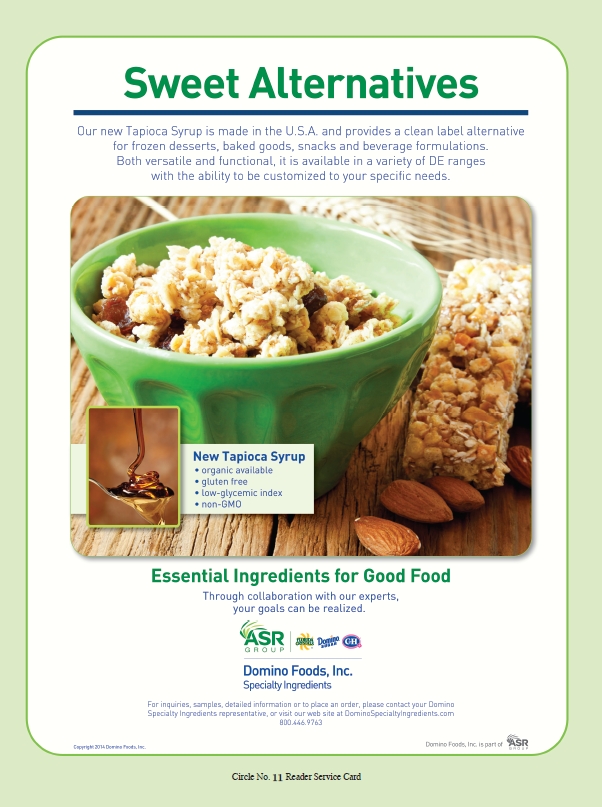 While natural caffeine is fine for many people in moderation, Tim Westwell, co-founder and director of Pukka Herbs, Bristol, UK, is a firm believer in the benefits of herbal teas—including for helping those that want to wean themselves off of heavy caffeine intake. He states, “Helping maintain a healthy balance is always seen to be best and many people start on their journey of herbal teas to help reduce their caffeine intake.” Westwell says herbal teas also have health benefits associated with the natural phytochemical compounds in each blend.
While natural caffeine is fine for many people in moderation, Tim Westwell, co-founder and director of Pukka Herbs, Bristol, UK, is a firm believer in the benefits of herbal teas—including for helping those that want to wean themselves off of heavy caffeine intake. He states, “Helping maintain a healthy balance is always seen to be best and many people start on their journey of herbal teas to help reduce their caffeine intake.” Westwell says herbal teas also have health benefits associated with the natural phytochemical compounds in each blend.
There’s more to healthy energy support than tea and tea blends. Suavva Smoothies, Weston, FL, focuses on natural energy from cacao juice, which contains antioxidants like vitamin C and theobromine. The company says this caffeine relative offers a natural energy boost, since it supports blood vessel dilation and the transport of oxygen in the bloodstream. The juice has only small amounts of caffeine.
States Joseph Montgomery, founder and CEO of Suavva Smoothies, “Energy should be provided by nutritious foods and this is key for living a happy and active lifestyle.”
Another player in the category, Sambazon, San Clemente, CA, offers several healthy beverages including an energy superfood juice blend that features chocolate soy milk, yerba mate and fair trade coffee, while another formula includes a blend of açaí berries, yerba mate and guarana. Some studies suggest that guarana improves mood and memory (even at lower doses of 37.5 mg and 75 mg) (2), while information from the Web site of yerba mate specialist Guayaki, Sebastopol, CA, suggests it has “the strength of coffee, the health benefits of tea, and the euphoria of chocolate.” The firm says yerba mate “is not oily and acid forming, so it is less likely to cause stomach acid and jitters.”
2. Healthier Soda
When shoppers crave a little fizziness in their glasses, there’s no reason to reach for the artificially flavored, highly caffeinated stuff. In fact, market reports suggest U.S. traditional soda sales are dropping, especially diet sodas (3). The stats don’t lie, says Reed. He states, “People are becoming more aware of the dangers of the artificially sweetened sodas and demand alternatives, whereas our brands are the fastest growing sodas in supermarkets hitting 30+% a year in the IRI data. We are on a positive trajectory of growth, and in fact, we’re expanding our facility in Los Angeles to keep up with demand.” This expansion will triple the speed at which the company can produce its product while still staying handcrafted.
Natural sodas are regulars in the WholeFoods 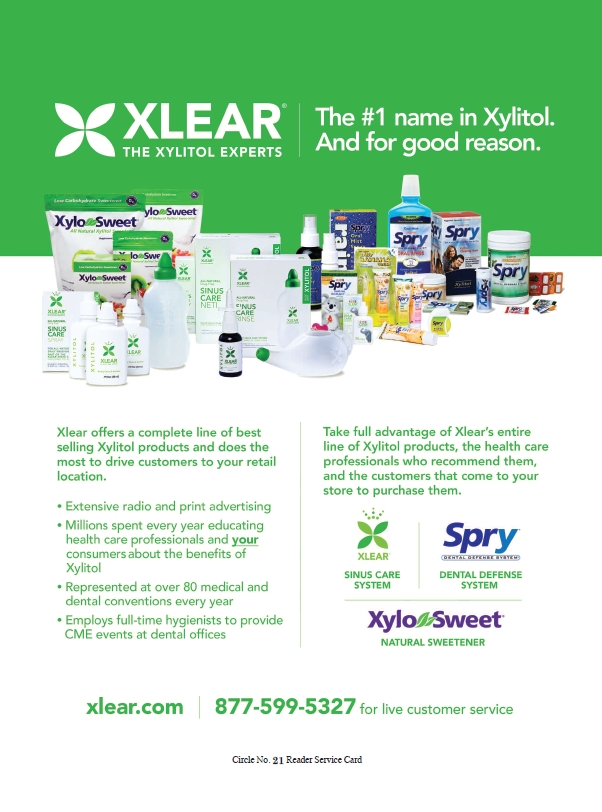 Magazine What’s Selling column, including zero-calorie stevia sweetened Zevia, Virgil’s Root Beer, Reed’s Ginger Brew and China Cola, and Oogave agave-sweetened soda.
Magazine What’s Selling column, including zero-calorie stevia sweetened Zevia, Virgil’s Root Beer, Reed’s Ginger Brew and China Cola, and Oogave agave-sweetened soda.
Companies in the natural channel, as you’ll hear more about next, are revamping carbonated beverages with functional ingredients like probiotics and using teas as bases for energy support. Says Kim, “We believe that large amounts of added sugars in soft drinks have been detrimental to consumers’ health. ChaiElixir provides a boost of energy and refreshment combined with the benefits of tea to offer a light, quality Chai experience in a bottle.”
On the tea front, some companies are even making kombucha soda, like Live Kombucha, Austin, TX, which says that kombucha supports digestive and immune health.
3. Flavor and Function
Many companies are trying to differentiate themselves with a combination of unique flavor and function. “As an herbalist turned soft drink maker, I have always been about the functionality of my beverages,” Reed states.
As an example, his ginger ales are packed with ginger (26 grams of fresh ginger brewed into each bottle). He offers an anecdote about a mainstream ginger ale maker that was surprised to learn Reed’s products actually contained ginger!
The inclusion was part taste, part function. “We love all the research on the health benefits of ginger. We love the 40 centuries of written records of using ginger for health,” he states.
Kessler says his firm accomplishes flavor and function by anchoring its products with a full cup of organic/fair trade green tea, which delivers 120 mg of beneficial antioxidants. He adds, “Our Super Fruit Iced Green Tea (and Energy drink as well) is further enhanced nutritionally with mangosteen, pomegranate, blueberry, acai and goji.” Indeed, superfruits have long bolstered the flavor/function efforts in the beverages category and continue to do so.
Reed recently added superfruits to the company’s Kombucha line. He states, “Our Kombucha starts with the probiotic culture growing in oolong and yerba mate tea. From there, we add wonderful functional ingredients tailored to each creative flavor, including goji, hibiscus, pomegranate, ginger, of course, and more.”
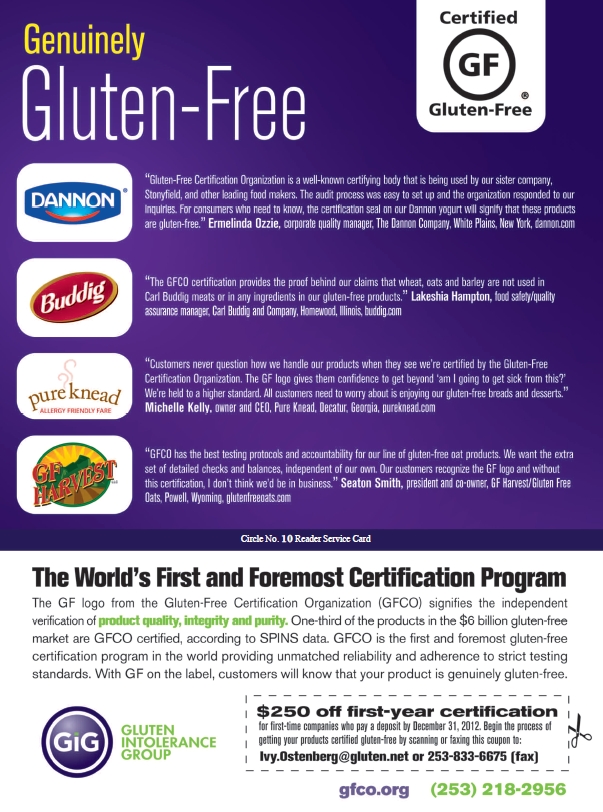 At Suavva Smoothies, Montgomery says that vital to its unique flavor/function combo is a proprietary process for creating a cacao puree from the pulp of the cacao fruit, not the seeds from which chocolate is made. He believes in this process for two reasons: cacao is a superfood packed with vitamins and minerals, and the pulp is sweeter than the seeds, “so the flavor of cacao pulp is a whole new experience for consumers.”
At Suavva Smoothies, Montgomery says that vital to its unique flavor/function combo is a proprietary process for creating a cacao puree from the pulp of the cacao fruit, not the seeds from which chocolate is made. He believes in this process for two reasons: cacao is a superfood packed with vitamins and minerals, and the pulp is sweeter than the seeds, “so the flavor of cacao pulp is a whole new experience for consumers.”
Another unique take on function/flavor comes by way of Pukka Herbs, which buys medical grade herbs for its teas, not food grade, and uses the whole herb rather than isolated parts. “We believe that nature offers the best of herself when unadulterated and not taken to finite extremes,” says Westwell. The company adds whole fruit and organic essential oils, rather than “flavors” to boost the teas’ taste and health benefits. And, Pukka recently created a way to add beneficial manuka honey to certain teas.
Probiotic beverages are also a hot commodity. GoodBelly of Boulder, CO, has been offering non-dairy probiotic juice drinks made with Lactobacillus plantarum 299v for digestive support, and various companies have been launching drinkable yogurts packed with pre- and probiotics like Ibex of Washington, D.C. Meanwhile, Ventura, CA-based KeVita recently added a twist by offering low-calorie sparkling probiotic drinks in a variety of flavors.
New launches of beauty-from-within drinks are on the rise, some of which are marketed as drinks (like vitamin-packed All Beauty Water) and others as powdered supplements. In the latter category, mix-ins have appeared on the scene from Beautiful Nutrition (Beautritious with its Collagen Cocktails that target skin firming, acne and moisture and its Skin Emergency breakout formula), Reserveage Nutrition (tasteless Collagen Replenish) and NeoCell (Beauty Infusion in three flavors delivering collagen, hyaluronic acid and other skin health ingredients).
Fresh-pressed and high-pressure processed (HPP) juices are also at the forefront of beverage trends. “People want everything as unprocessed as possible for that just fresh-squeezed taste and full nutritional value,” says Reed.
One player in this segment is Suja, San Diego, CA, which cold presses its juices to prevent oxidation and create a nutritious, fresh-tasting end product, the company explains. HPP is said to preserve nutrition and provide freshness. Subjecting bottles to high pressure helps “to destroy pathogens while preserving crucial vitamins, enzymes and nutrients,” according to the Suja Web site.
Another important functional beverage is vinegar drinks, with a  top-seller being Bragg Organic Apple Cider Vinegar. “Most of our customers buy our Bragg Organic Apple Cider Vinegar to take it daily as a vinegar drink blended in water, like a natural tonic for good health,” states John Westerdahl, Ph.D., R.D., director of Bragg Health Science at Bragg Live Food Products, Santa Barbara, CA. The company has launched bottled apple cider vinegar drinks in six flavors.
top-seller being Bragg Organic Apple Cider Vinegar. “Most of our customers buy our Bragg Organic Apple Cider Vinegar to take it daily as a vinegar drink blended in water, like a natural tonic for good health,” states John Westerdahl, Ph.D., R.D., director of Bragg Health Science at Bragg Live Food Products, Santa Barbara, CA. The company has launched bottled apple cider vinegar drinks in six flavors.
Westerdahl says that studies conducted at Arizona State University found vinegar (750 mg acetic acid) to be beneficial to pre-diabetics and those at risk for type-2 diabetes in a 12-week pilot trial on 14 people (4). “Having one or two tablespoons of apple cider vinegar just prior to or with a meal actually lowers the glycemic index of that meal. As a result, it helps keep blood glucose and insulin response to the meal under control,” he states. “This is very exciting research as it appears to work as well as many popularly prescribed diabetic medications without the side effects.”
With any flavor/function formulations, the type of sweetener is always on consumers’ minds. States Kessler, “The hottest and most demanded full-calorie sweetener in the natural space is organic cane sugar and the fastest growing natural zero-calorie sweetener is stevia.”
Though stevia is hot, Reed says his company won’t use sugar alcohols because he doesn’t believe they are “gut friendly.” Instead, the company is looking into monk fruit as a possible sweetener in future diet/no-calorie products.
Last, Westwell reports that licorice is a great sweetener for beverages. He states, “It’s 10 times sweeter than sugar, with zero calories and without all the side-effects of a high sugar diet. There are other natural sweeteners, but we prefer to use licorice as it’s a great harmonizer for many of the blends we create, bringing balanced flavor and numerous health benefits.” Since licorice is growing in demand, his company plays a part in protecting natural habitats by ensuring its licorice comes from sustainable wild-crafted sources.
4. Water Every Which Way
Bottled water may not seem like a “trend” since it has been the foundation of hydration since the dawn of life. Shoppers are drawn to prepackaged water like magnets, but many still aren’t drinking enough liquids throughout the day. “Proper hydration is key to healthy, energetic bodily function,” states Kimberly Soderstrom, assistant marketing director at Penta Water Company, Colton, CA. “Most Americans are chronically dehydrated, and try to relieve bodily ailments with caffeine when water is needed. Penta believes in living the ‘pure life’ and drinking pure water instead of caffeine or other beverage substitutes.”
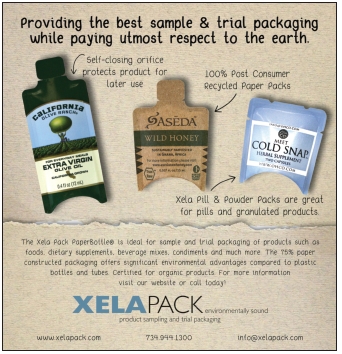 Even though water isn’t “new,” that doesn’t mean there isn’t some action going on in this staple category. “All bottled water is not created equal,” says Andrew Reynolds, president of operations at Icebox Water, Cold Spring Harbor, NY. His company has a unique perspective on packaged water, and it entails not bottling it. “We pride ourselves on offering a recyclable and compostable, pressed-paper water container which significantly cuts down on the carbon emissions created by plastics,” he explains. The package resembles the look of a milk carton.
Even though water isn’t “new,” that doesn’t mean there isn’t some action going on in this staple category. “All bottled water is not created equal,” says Andrew Reynolds, president of operations at Icebox Water, Cold Spring Harbor, NY. His company has a unique perspective on packaged water, and it entails not bottling it. “We pride ourselves on offering a recyclable and compostable, pressed-paper water container which significantly cuts down on the carbon emissions created by plastics,” he explains. The package resembles the look of a milk carton.
Purity is also something that distinguishes brands. A few years ago, consumers became steamed when they learned mainstream water distributor Dasani and others were simply bottling filtered municipal water. Other companies are using more isolated water sources. Icebox Water, for instance, packages its water right at its source: pure Canadian springs.
Westwell says natural spring water is special for several reasons. “I love the natural spring not just in flavor but because it’s got all the natural elements and minerals in it from the particular source it was derived,” he believes. “Once you get into just drinking natural spring water, your taste palate becomes more sensitive to the flavors that are reflecting the unique minerals local to each spring.” Spring water can help make teas brewed at home taste even better, he feels.
Soderstrom also believes her company’s position on purity makes it stand out from the pack. “Each bottle takes 13 steps to reach ultra-purity with less than one part per million Total Dissolved Solids (TDS)—free of arsenic, chlorine, chromium 6, fluoride, lead, MTBE, pharmaceuticals and pesticides. Some bottled water companies advertise pure, clean water but what does the lab say?”
She believes her company’s water has some of the lowest TDS levels on the market. If this testing is of interest to you and your shoppers, request the numbers from your water manufacturers. Her company’s water is also pH balanced, something that other brands focus on, too.
Alkame, for instance, says drinking mild 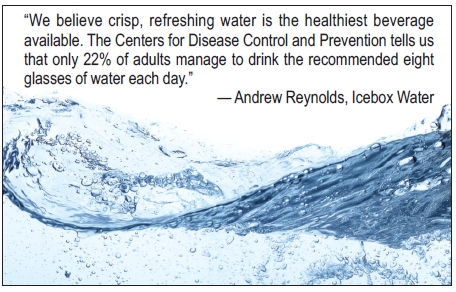 alkaline water “helps your body reduce the negative impacts on blood pH levels.” The company says its water offers bioavailable oxygen “to improve vitality and performance” and is ionized for antioxidant content. The company believes that by stabilizing the water’s pH and oxygen levels, it is easier for cells to absorb the water and maintain a healthy balance.
alkaline water “helps your body reduce the negative impacts on blood pH levels.” The company says its water offers bioavailable oxygen “to improve vitality and performance” and is ionized for antioxidant content. The company believes that by stabilizing the water’s pH and oxygen levels, it is easier for cells to absorb the water and maintain a healthy balance.
Purity of water in its drinks is also an issue at Bragg, says Westerdahl. “Pure distilled water is the optimal type of water to drink for the health of the body,” he believes. “That is why we only use pure distilled water as an ingredient in all the Bragg Organic Apple Cider Vinegar Drinks.” He believes “distilled water is the purest form of water as nature intended” and there is no need for water with “extras.” He supports eating more raw fruits and vegetables to get even more hydration. This is key, as distilled water is void of minerals and somewhat acidic.
Another new concept uses water that is naturally filtered through U.S. maple trees, resulting in a unique slightly sweet maple water that is naturally fortified with various nutrients. “We don’t add anything to our maple water as we believe it is best in its truest form,” states Valentina Cugnasca, cofounder and CEO of Vertical Water, New York, NY.
She believes that her company’s mission also appeals to shoppers, as consumers are seeking out brands that do good in the world. Says Cugnasca, “It’s not just a one-ingredient beverage. Vertical Water was founded as part of a larger mission: to conserve American forestlands by giving forest owners one more good reason to delay cutting trees down and keep them vertical. And in this mission, it aligns with those consumers who are trying to make a larger positive impact on our world.”
Last, coconut water has been consistent best-seller material in stores across the nation. Next month, look for our grocery feature highlighting the hottest coconut products on the market today.
5. On the Go
Consumers have come a long way from the days of beverage transportation via old disposable plastic bottle or foam cups. Reusable, BPA-free containers of all shapes and sizes are all the rage these days.
Shoppers wanting to keep beverages hot or cold for long periods of time may want to hear about double-walled vacuum-insulated stainless steel containers. Vacuuming out the air between the two stainless-steel walls means that the temperature outside the flask will have a tough time affecting the temperature of the beverage inside, according to Hydro Flask, Bend, OR. The company claims the technology will keep beverages cold for 24 hours or hot for 12 hours. In addition, there is no condensation on the outside of the bottle because of this process.
Kleen Kanteen also makes double-walled vacuum-insulated stainless steel containers and adds that 18/8 stainless steel is an important feature in a bottle, on the threads and inside lids. This material is less likely to harbor bacteria, retain flavors and keep odors. The bottles’ rounded corners also make it harder for bacteria to hide in crevices. Food-grade stainless steel also is free of chemicals or toxins and can be recycled. Cleaning the products simply requires warm, soapy water. WF
References
1. Brown Health Services, “Caffeine,” www.brown.edu/Student_Services/Health_Services/Health_Education/nutrition_&_eating_concerns/caffeine.php, accessed Sept. 30, 2014.
2. C.F. Haskell, et al., “A double-blind, placebo-controlled, multi-dose evaluation of the acute behavioural effects of guaraná in humans,” J. Psychopharmacol. 21 (1), 65–70 (2007).
3. M. Esterl, “The Diet Soda Business Is in Freefall,” http://online.wsj.com/news/articles/SB10001424052702304157204579473772336022200, Mar. 31, 2014, accessed Sept. 30, 2014.
4. C.S. Johnston, et al., “Vinegar Ingestion at Mealtime Reduced Fasting Blood Glucose Concentrations in Healthy Adults at Risk for Type 2 Diabetes,” J. Functional Foods 5 (4), 2007–2011 (2013).
Published in WholeFoods Magazine, November 2014

